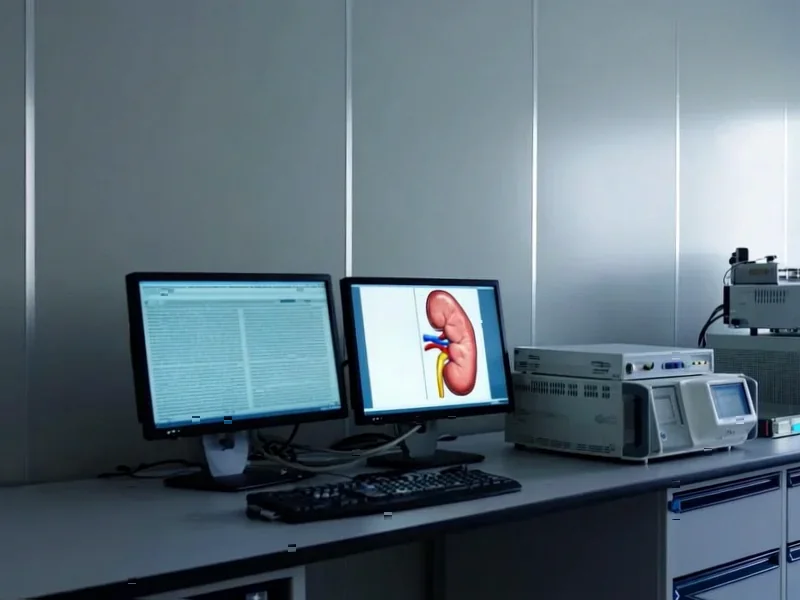According to Phys.org, University of Michigan researchers have discovered that brains undergoing anesthesia and stock markets during economic crises follow identical physics principles, with their collapse and recovery patterns explained by phase transitions. The study, published in Proceedings of the National Academy of Sciences and led by UnCheol Lee, Ph.D. of the U-M Department of Anesthesiology, found that both systems exhibit either first-order transitions (abrupt collapse like water freezing) or second-order transitions (gradual changes like magnets losing magnetism). The team tested their computational model using data from the 2007-2009 Subprime Mortgage Crisis and EEG readings from anesthetized patients, finding that emerging markets with lower GDP per capita and certain brain networks showed first-order characteristics leading to faster collapse and slower recovery. This groundbreaking research suggests we may soon predict crisis outcomes across diverse complex systems.
The Physics Behind System Failure
What makes this research so revolutionary is its application of well-established physics principles to seemingly unrelated complex systems. Criticality—the delicate balance point where systems operate at peak efficiency—isn’t just an abstract concept. In neural networks, it represents the optimal state for information processing and adaptability. In financial markets, it’s the sweet spot between stability and flexibility. When systems are pushed beyond this critical point, the type of phase transition they undergo determines their fate. First-order transitions create what physicists call hysteresis—the system’s inability to return to its original state through the same path, explaining why some crises leave permanent scars while others allow for full recovery.
Beyond Theory: Real-World Applications
The immediate applications in anesthesia safety are particularly compelling. Currently, anesthesiologists use standardized dosing based on population averages, but this research suggests we could develop personalized anesthesia protocols based on individual brain network characteristics. Patients whose brains exhibit first-order transition tendencies might require different monitoring and dosing strategies to prevent prolonged unconsciousness or cognitive side effects. Similarly, in finance, regulators could use these models to identify which markets are most vulnerable to catastrophic collapse and implement circuit breakers or other stabilizing measures before crises occur. The published research opens the door to quantitative risk assessment across multiple domains.
Why Emerging Markets Suffer More
The finding that emerging markets with lower GDP per capita tend toward first-order transitions reveals a fundamental truth about system resilience. These markets often lack the diversity, regulatory frameworks, and institutional depth that create second-order transition characteristics. Their network structures are typically more homogeneous and interconnected, making them prone to cascading failures. This isn’t just about economics—it’s about network topology. Systems with redundant pathways, diverse components, and distributed control mechanisms naturally resist explosive collapse. The research suggests that economic development should focus not just on growth metrics but on building resilient network architectures that can withstand shocks without catastrophic failure.
The Next Frontier: Climate and Beyond
Perhaps the most exciting aspect of this work is its potential application to climate systems and other global challenges. Climate tipping points represent another form of phase transition, and understanding whether they follow first or second-order patterns could revolutionize our approach to climate modeling and intervention. The same computational framework could help predict whether ecological systems will collapse abruptly or decline gradually, informing conservation strategies. As senior author George Mashour noted, this represents a fundamental shift toward understanding complex systems through a unified theoretical lens. The methodology could eventually help us anticipate and manage crises in everything from power grids to social networks, creating a new science of crisis prediction and management.
The implications are staggering: we may be on the verge of developing a universal physics of collapse that applies equally to neurons, markets, and ecosystems. This represents a paradigm shift in how we understand and manage complex systems in crisis.




